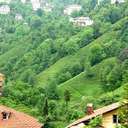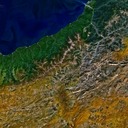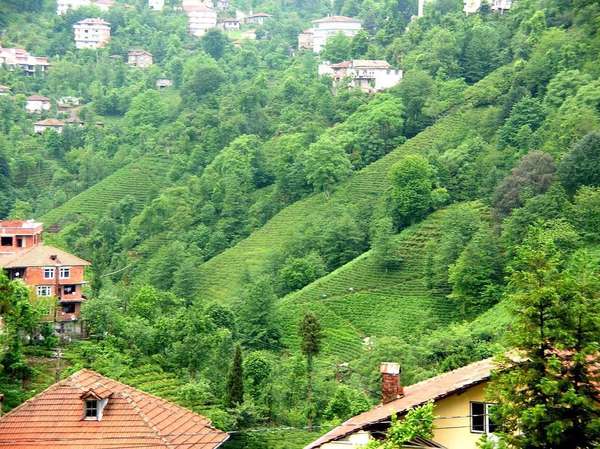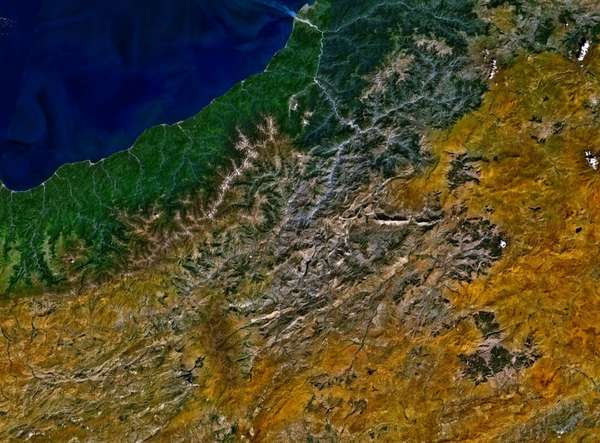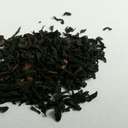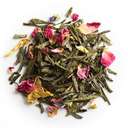Turkey
Wikipedia: Turkey | Official Government Website: www.tccb.gov.tr/pagesUpdated: Mar. 17, 2014
About Turkey
Turkey is both a major consumer and producer of tea. It was the world's fifth-largest producer of tea in 2006 and 2007, producing somewhat less than Sri Lanka and Kenya. In 2004 it was the world's second largest consumer of tea.[1]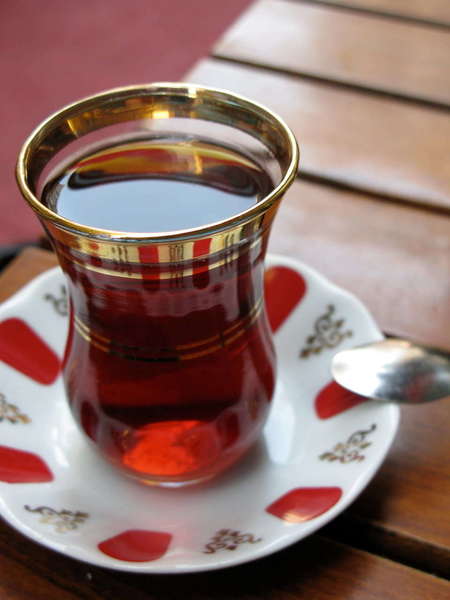 Turkish Tea Time, © Henri Bergius, CC BY-SA 2.0.
Turkish Tea Time, © Henri Bergius, CC BY-SA 2.0.Turkey produces primarily black tea, known as Turkish tea, and also as Rize tea (named for the region that produces it) or çay. The word çay has the same origins as the words cha for tea in Chinese and Japanese, or chai in Hindi.
The traditional way of brewing Turkish tea is use a samovar, and make a strongly concentrated brew which is then diluted to taste with additional water. It is typically served in glass cups like that pictured on the left, and is common to add sugar but not milk.[4] The Delicious Istanbul blog offers some tips on brewing and serving Turkish tea. Various caffeine-free herbal teas are also popular in Turkey, including sage and linden blossom tea.
A steep tariff and a black market for tea
Turkey protects their domestic tea market with a tariff of 145%, the highest tea tariff among major tea-producing countries.[3,5] Turkey also has a number of other barriers to tea importing, including port restrictions and inadequate infrastructure at the only allowed port, Rize port.[5] Roughly four times as much tea is smuggled illegally into the country as is imported legally.[5]The peculiar microclimate of the Rize region
The tea in Turkey is produced in a small region around the city of Rize, which lies on the Black Sea, along the eastern end of Turkey's northern coast. This region has a unusually wet climate, influenced by the topography and proximity to the water.The Kaçkar Mountains rise sharply as one moves inland, sheltering this region from drier inland air and extreme temperatures, and creating the rainiest region in all of Western Asia, as the air drops most of its moisture content on the windward side of the mountains. See our article on climate and geography for a fuller explanation.
This region has a wet season September through January, and a dry season April through May, giving it close to the opposite precipitation pattern from the Asian Monsoon which influences the tea-growing parts of China and India.
The rest of Turkey, including other regions along the coast, has a semiarid climate too dry for growing tea. Even other coastal regions with a moderate climate have less than half the rainfall of the region around Rize.
Herbs and blending ingredients grown in Turkey
Turkey also produces Bergamot oranges, used in flavoring Earl Grey tea, making it one of the few countries outside Italy to grow this fruit. The Bergamot oranges are grown in Antalya Province, on the south coast of Turkey, on the Mediterranean sea. Like Rize, the region around Antalya has higher rainfall, owing to the proximity to the water, although not as high as Rize, and with a much drier summer.References:
1. Euromonitor International, Turkey: Second biggest tea market in the world, www.marketresearchworld.net, Retrieved Jan. 29, 2010.
2. FAOSTAT: Production: Crops, Food and Agriculture Organization of the United Nations, Retrieved Jan. 29, 2010.
3. Sanne van der Wal, Sustainability Issues in the Tea Sector, Stichting Onderzoek Multinationale Ondernemingen (SOMO), Amsterdam, June 2008.
4. Tom Brosnahan, Turkish Tea (Çay) in Istanbul, Turkey Travel Planner.
5. Turkey could open new avenues for tea exports, The Hindu, Nov 22, 2007.
Styles of Tea Produced in Turkey
This is a selection, not an exhaustive listing, of the styles of tea most commonly produced in Turkey.
Best Turkish Teas
The notion of the "best" Turkish teas is subjective, because different people have different tastes. We present the most often-rated and highest-rated teas produced in Turkey, and allow you to draw your own conclusions.
Most Often-Rated Teas
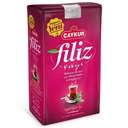
Filiz Cayi (Tea Special, Black Tea)
| Brand: | Caykur (Çaykur) |
| Style: | Black Tea |
| Caffeine: | Caffeinated |
| Leaf: | Loose |
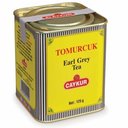
Tomurcuk Earl Grey Tea
| Brand: | Caykur (Çaykur) |
| Style: | Earl Grey Tea |
| Caffeine: | Caffeinated |
| Leaf: | Loose |
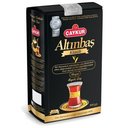
Altınbaş Çayi (Altinbas Cayi)
| Brand: | Caykur (Çaykur) |
| Style: | Black Tea |
| Caffeine: | Caffeinated |
| Leaf: | Loose |
Top-Rated Turkish Teas

Filiz Cayi (Tea Special, Black Tea)
| Brand: | Caykur (Çaykur) |
| Style: | Black Tea |
| Caffeine: | Caffeinated |
| Leaf: | Loose |



